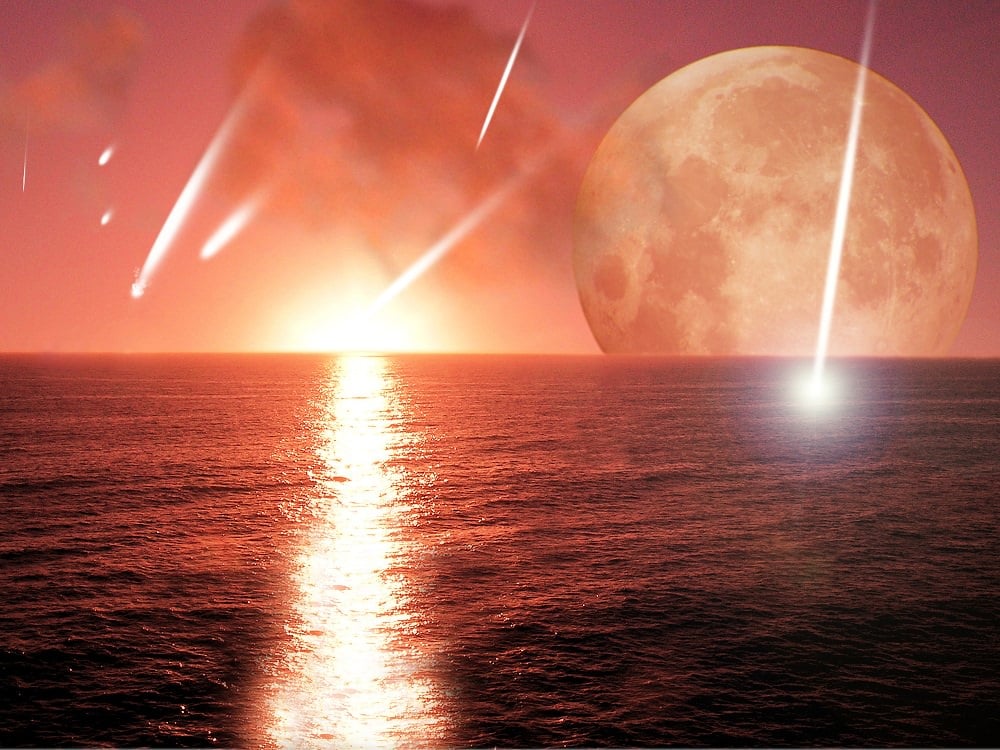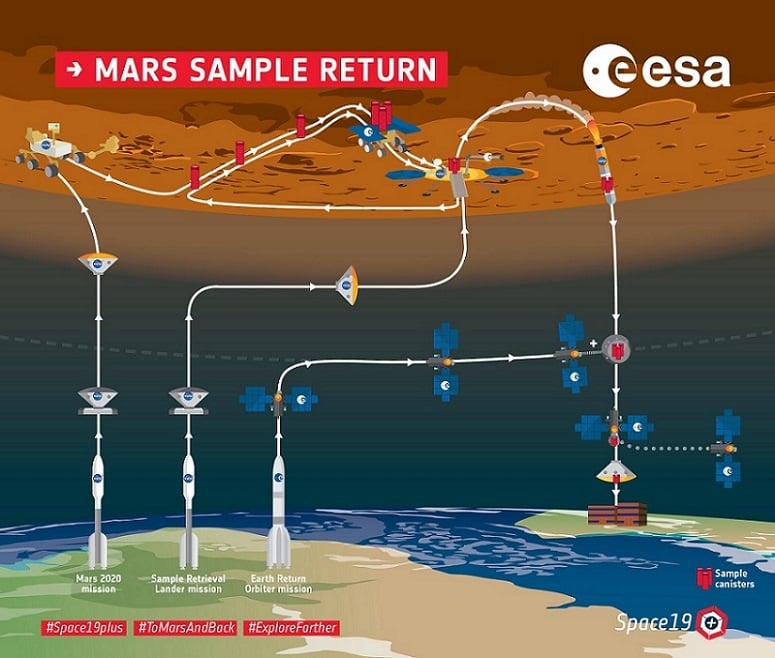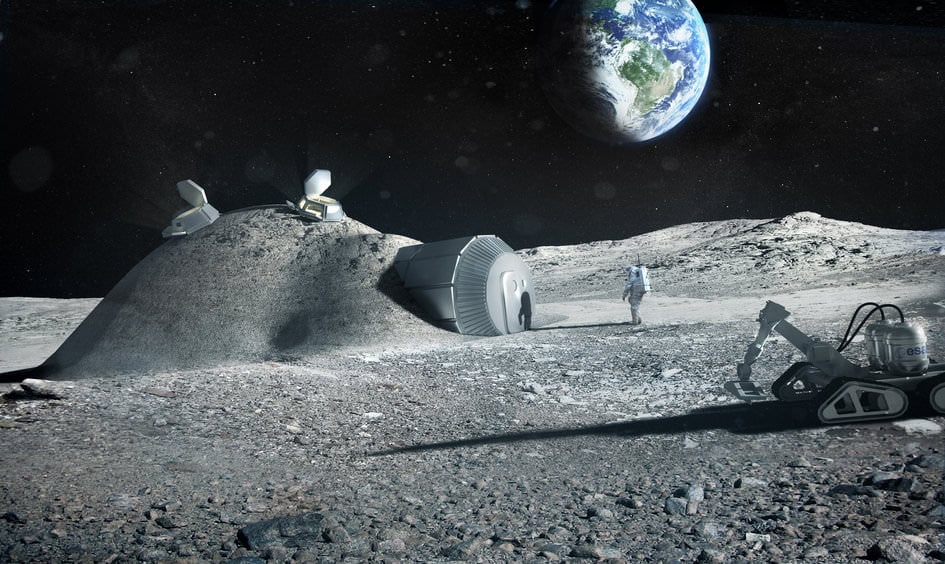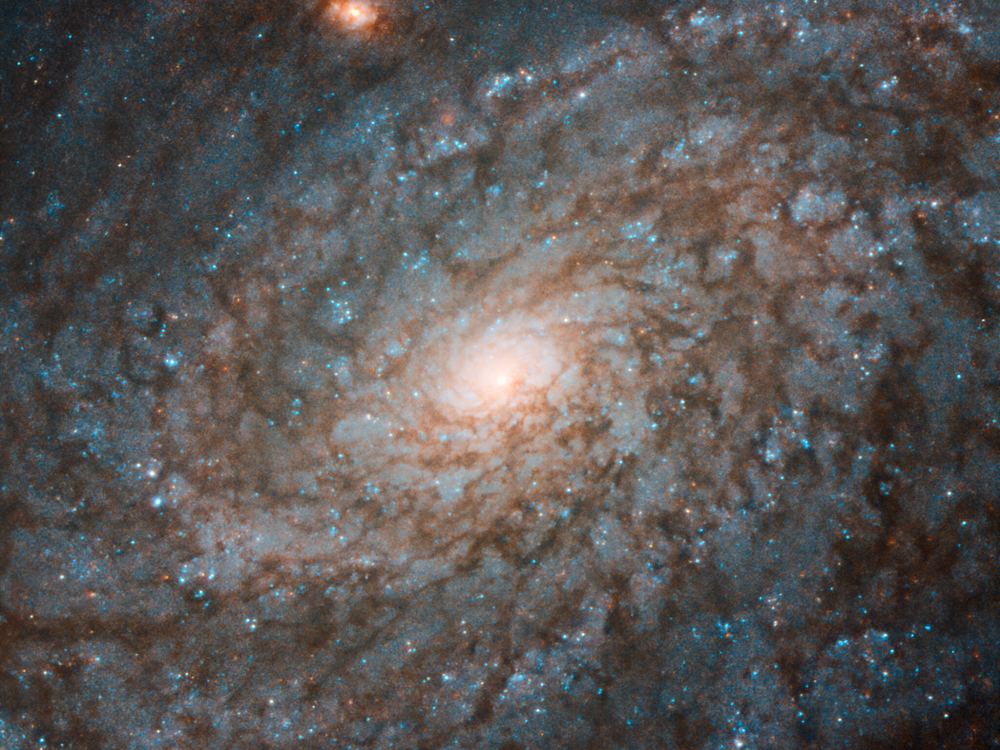
A new study by a team using data from the Very Large Telescope's SPHERE instrument, may have caught a direct image of Proxima c (which could have a system of rings)
Continue reading

Continue reading

Continue reading

Continue reading

Continue reading

Continue reading

Searching through archival Kepler data has revealed another exoplanet around Kepler-1649, the most Earth-like exoplanet discovered to date
Continue reading

Continue reading

A new study led by Caltech researchers show that light can be reflected off of a black hole's disk by its powerful gravity.
Continue reading

Continue reading

Continue reading

Continue reading

When it comes to comets, the only thing that is certain is the orbit. Though the cosmos has yet to send us a really bright comet for 2020 to keep us occupied during the ongoing worldwide pandemic and lock down, it has sent us a steady stream of descent binocular comets, including C/2017 T2 PanSTARRS, C/2019 Y1 ATLAS, and C/2019 Y4 ATLAS. And though Y4 ATLAS won't be match the "Comet of the Century" hype, another interesting binocular comet has just made its presence known over the past weekend: C/2020 F8 SWAN.
Continue reading

Continue reading

Continue reading
Continue reading

Continue reading

Continue reading

Continue reading

The ESA has entered into a lucrative collaboration to help NASA get its Martian rock samples back to Earth.
Continue reading

The Trump administration just signed an executive order that has given the green light to asteroid and lunar mining and other commercial ventures in space.
Continue reading

In a recent report submitted to the National Space Council, NASA has detailed its plans for building a lunar base camp on the Moon that will allow for long-term stays there.
Continue reading

Continue reading

A new study by an international team of astronomers raises questions about the existence of debris belts around red dwarf stars and how water could have been distributed within them.
Continue reading

Continue reading

Continue reading

There's an iconic scene in the original Star Wars movie where Luke Skywalker looks out over the desert landscape of Tatooine at the amazing spectacle of a double sunset. Now, a new study out of the National Radio Astronomy Observatory (NRAO) suggests that such far-flung exoplanet worlds orbiting multiple stars may exist in misaligned orbits, far out of the primary orbital plane.
Continue reading

When it deploys in 2025, NASA's WFIRST mission will rely on the gravitational microlensing technique to locate exoplanets near the center of our galaxy.
Continue reading

Continue reading

In the coming years, China's FAST radio telescope could join in the hunt for extraterrestrials thanks to a partnership with Breakthrough Listen.
Continue reading

Continue reading
Continue reading

SpaceX was recently awarded a contract through NASA's Gateway Logistics Services program to provide services to the Lunar Gateway
Continue reading

Continue reading

SpaceX suffered another setback with its development of the Starship last night when a third prototype (SN3) suffered a structural failure during testing and collapsed.
Continue reading

Continue reading

Continue reading

Continue reading

Continue reading

NASA's researchers at the Goddard Space Flight Center recently did just that, looking at Voyager 2's lone encounter with the planet Uranus to uncover an amazing find, as the planet seems to be losing its atmosphere to it's lop-sided magnetic field at a high rate.
Continue reading

Using LRO data, the ESA recently created a map of water ice on the Moon, which will aid in future exploration and resource prospecting
Continue reading

Continue reading

A study by Cornell's Carl Sagan Institute provides models of how Earth looked like over time, which could help us find habitable exoplanets
Continue reading

Continue reading

In a strange development, a new ESA-supported study has shown that urine could actually help astronauts build bases on the Moon
Continue reading

Musk recently posted photos of the latest Starship prototype, which were recently assembled and shipped to Boca Chica to begin testing.
Continue reading

Continue reading
Continue reading

A series of studies has shown that the seeds of supermassive black holes and relativistic jets existed much sooner than expected
Continue reading

Continue reading

 Universe Today
Universe Today












































